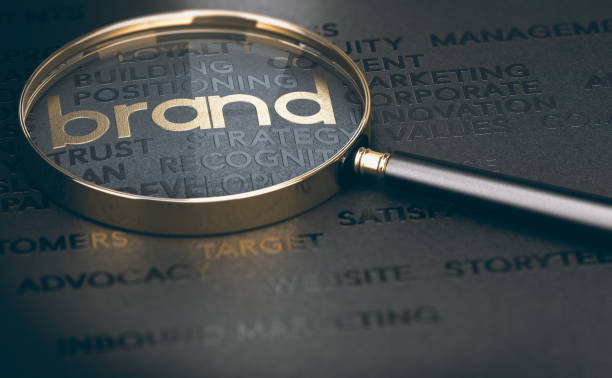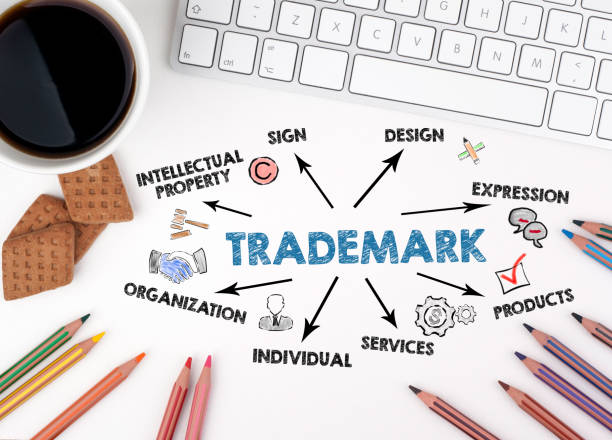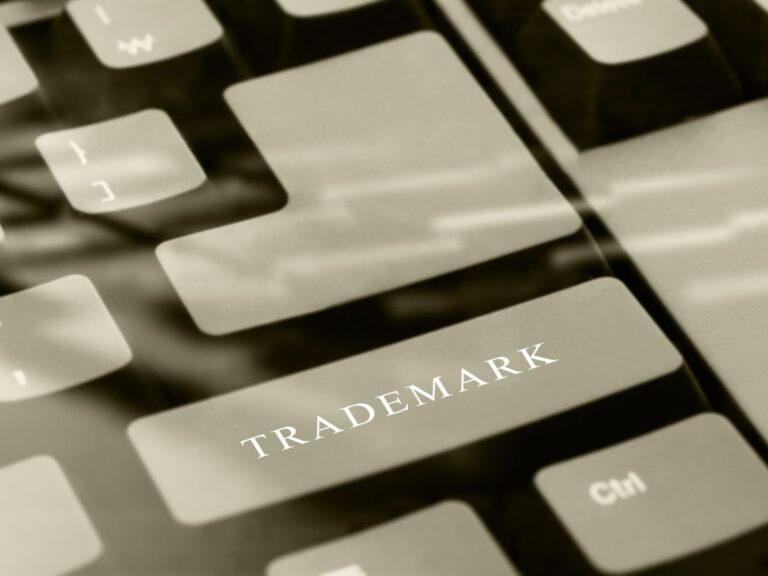Protect, Leverage Brand IP through Licensing, Partnerships
Branding is a powerful tool that allows you to build your business and protect it from competitors. You can brand products so that consumers recognize them as yours, you can use trademarks and copyrights to protect the intellectual property behind those brands, and even enter into licensing agreements with other companies who want to bring your product line into their own markets. However, branding isn’t just about protecting your intellectual property—it’s also how you attract customers in the first place! That’s why we’re here: to help you understand all of these different aspects of branding and how they work together to make sure your business stands out on its own terms.
Table of Contents
A brand establishment can be exhausting
Establishing a brand can be exhausting. You’re not just establishing your brand, but you’re also creating a new product or service and attempting to sell it. It takes time, effort, and money to develop the product itself as well as create the business structure that will support it.
The process can be confusing, frustrating, and even overwhelming at times. However, if done right you could end up with an amazing asset for yourself or your business!
Branding allows consumers to recognize you
Branding is how the consumer recognizes you. It can be as simple as a logo, slogan, or combination of both. The more recognizable your brand is, the more people will associate with it and the more value it will have in the marketplace.
A strong brand creates a connection between your product or service and an emotional feeling for customers. This connection makes them loyal—they’ll buy from you again and again because they trust what you provide and want to continue experiencing those feelings from using (or simply seeing) your products or services.
Your brand is your most valuable asset
If you’re in business, you’ve probably heard the saying that your brand is your most valuable asset. That’s true for a number of reasons.
First and foremost, it’s what differentiates you from your competition. In our over-saturated world of products, services, and businesses vying for attention from consumers across the globe, having a unique brand identity can be critical to standing out from the crowd—and maintaining that differentiation once you’ve found success with your particular mix of product or service offerings might be just as important (if not more so).

Secondarily, branding is also about presenting yourself in a way that makes people want to do business with you: it forms an emotional connection between them and their experience with what makes up your brand (and any intellectual property associated with it). If this connection isn’t strong enough—if there aren’t enough commonalities between what they think of when they hear “Brand X” versus other brands doing similar things—then even those who are already familiar with the name may still opt elsewhere when making purchasing decisions.
Protecting Trademarks Depends on Mark Type
You can’t trademark something just because you want to. Trademark protection is not universal. It depends on the type of mark you want to protect.

There are three types of trademarks:
generic,
descriptive
and suggestive.
Generic trademarks are words or phrases that are used as common names for products or services in the marketplace, such as “Xerox” for photocopiers or “Kleenex” for facial tissues.
Descriptive trademarks are those that describe some aspect of a product or service, such as “convenient,” “comfortable,” or even “fast” if your business sells cars at high speeds (but only if your business is actually fast).
Suggestive trademarks suggest something about their underlying product but don’t explicitly say it—for example, Apple’s use of an apple with an arrow through it in its logo suggests computers (because computers have arrows).
Maintain Registered Trademark with Consistent Use
Once you have registered your trademark, stay vigilant and use it consistently. That means using the trademark on all of your products, in all marketing materials, and on all packaging. It should be the same font and size on all products. And it should always be in the same place on all products.
IP Protections Limited to Industry, Unlicensed Goods
You can’t protect your brand if someone else uses it. You can, however, protect your brand if someone else uses it but in a different industry. For example, if you’re an electrician and you’ve developed a new way to wire houses that makes them more energy efficient, then anyone who uses your method to install wiring (e.g., an electrical contractor) would be infringing on your intellectual property rights by using the method without licensing from you or obtaining permission from the patent office.
On the other hand, if another electrician develops his own innovative way of installing electrical systems which is similar but different enough that he doesn’t infringe on yours—for example, because he’s using copper instead of aluminum cable—then there wouldn’t be any problem at all!
Licensing can open your product to new markets
Licensing is a great way to open your product to new markets. By licensing a product, you can expand into related fields and maintain control over how the product is used. For example, if you have a toy truck, you might want to license it out as part of an action figure line or even a children’s show on TV.

With licensing agreements in place, all parties involved have agreed upon who will be responsible for what aspects of the production process (such as distribution and marketing), so there’s no reason why someone else shouldn’t be able to produce your products—or at least sell them—in another part of the world!
Expand with Licensing, Maintain Brand Identity
Licensing your brand is a way to expand your reach without giving up ownership of the brand. Licensing can be used to leverage your brand into new markets, create a new product in a new field, or both!
By licensing your intellectual property you are able to make money off of an idea without having to do all the work yourself.
Grant Licenses Without Diluting the Brand
The goal of any licensing program is to create a win-win for all parties involved. You want your licensee to succeed, but you also want to protect your brand and maintain control over its representation.
The best way to do this is by finding a way to give the prospective licensee the rights they need without diluting your brand in the process. Whether it’s by offering them exclusive use of a particular design or trademark, allowing them access only during certain seasons or years, or allowing them limited distribution rights, there are ways for both you and your licensee to come out ahead when developing an agreement together.
When it comes to licensing out parts of your business, it’s important to carefully consider how much control over intellectual property (IP) you want to retain. Here are some key questions to ask yourself:
What is the value of the IP to my business?
How essential is the IP to my business operations?
What are the risks of licensing out the IP?
Can I license out the IP without compromising my competitive advantage?
Answering these questions will help you determine how much control over the IP you should retain when licensing out parts of your business.
Extend the Reach of IP with Licensing Agreements
Brand licensing agreements let you extend the reach of your intellectual property into other areas of business, without giving away ownership of that intellectual property.

Brand licensing is an opportunity for companies to leverage their brand and intellectual property to enter new markets and expand their businesses. Licensing allows you to expand your business without having to invest in new infrastructure or training for employees.
Conclusion
The most important thing to remember is that your brand is worth protecting. You can’t just throw it into the wind and hope that it survives, but if you work with partners who are willing to help you do so, then there are a lot of exciting possibilities for where your business can go.












